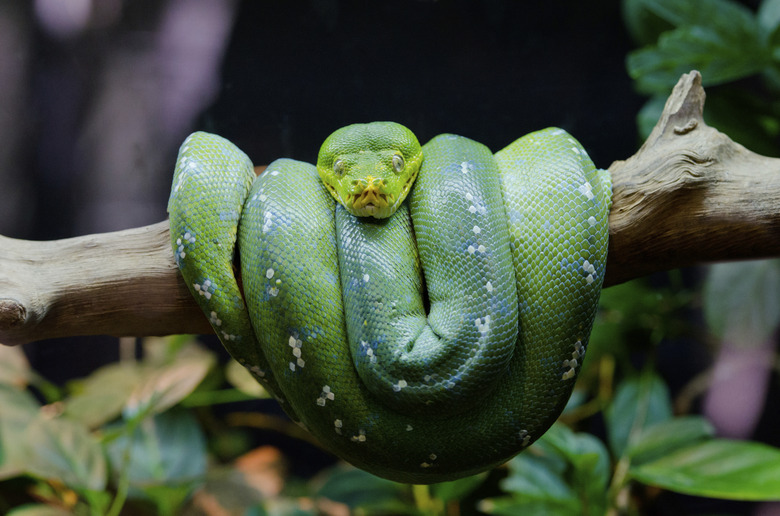How To Prepare Wood For A Reptile Tank
Like their wild counterparts, captive reptiles readily use branches, logs, and bark sections for climbing and hiding. You can buy wood and logs for lizards from pet stores that is suited for pet habitats and ready to use, or you can collect wood for a terrarium yourself.
However, any wood you collect is likely to carry bugs and bacteria, so you must take steps to heat and sanitize the wood before adding it to your pet's cage. Of course, you only want to use safe wood for building reptile enclosures.
Safe wood for building reptile enclosure
Safe wood for building reptile enclosure
You must avoid placing toxic woods into your pet's cage. Many hardwood species, including ash, oaks, and dogwoods, are safe and work well in a reptile habitat. Few conifers are appropriate to use as logs for lizards, and you should avoid wood from cedar or eucalyptus trees because of the aromatic compounds the wood releases.
Also, stay away for hardwoods such as pine and maple because of the sap they produce. Similarly, avoid collecting sticks in areas with pesticide use — clearly, chemicals are potentially toxic for a reptile. Also keep in mind that logs or sticks that have been on ground for a while will more likely contain fungus and decay.
Scrub sticks and branches
Scrub sticks and branches
Remove as much detritus from the wood as possible before you bring it home. Knock the wood on the ground a few times to dislodge dirt and loose bark. Then, to remove the dirt that remains, use a stiff-bristle steel brush or sand paper and plenty of water. Clean the wood outdoors, but use hot water if possible. If you must cut the wood to size, do so after you have washed it.
Sterilizing logs for lizards
Sterilizing logs for lizards
Now that the wood is free of surface dirt and debris, make sure it is not harboring insects, arthropods, bacteria, viruses, or fungi. Because wood is porous, it is best to avoid using harsh chemicals or disinfectants to sterilize it. Instead, use heat to kill any microbes present. The easiest way to treat the wood is with a handheld steam-generating unit, but you can also boil or bake wood.
Baking is the most common technique to sterilize wood for reptile cages, but it is not useful for large pieces of wood that might ignite. Bake branches or logs in an oven set at 250 to 300 degrees Fahrenheit for about 30 to 60 minutes. Never leave wood unattended in an oven, because it is a fire hazard. If you choice to boil the wood instead, note that boiling water only reaches a temperature of about 212 degrees Fahrenheit — so, you must boil wood for six hours or more to ensure it is free of microorganisms.
Drying reptile wood
Drying reptile wood
Damp wood will decompose more quickly than dry wood. If you have boiled or steamed the wood to sterilize it, you should let it dry for several days before placing it in the tank. Place the wood in a clean, dry space; you do not want to place it outside on the ground where it can be recolonized by pests and pathogens.
The larger the piece of wood, the longer it will take to dry — very large pieces will take days or weeks to dry completely. If you prefer, you can dry wood in an oven set to 200 degrees Fahrenheit for several hours. Slow heating the wood at low temperatures over time is the best way to complete kill all pathogens.
